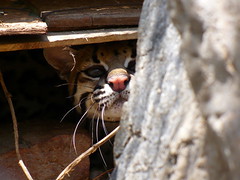Puno is best known as the jumping-off point for visiting Lake Titicaca. In recent years, the excursion as most agencies offer it has become extremely touristic, taking some of the charm out of the experience. This can lead to a dilemma as people want to see the Lake and its islands but do not want to feel like they are going to a theme park.
Fortunately, there are a number of tours of the islands offering alternatives that are less well-travelled.




![Visit to Chakiccocha [Featured]](http://farm2.static.flickr.com/1343/555374565_37d7873380_m.jpg)



